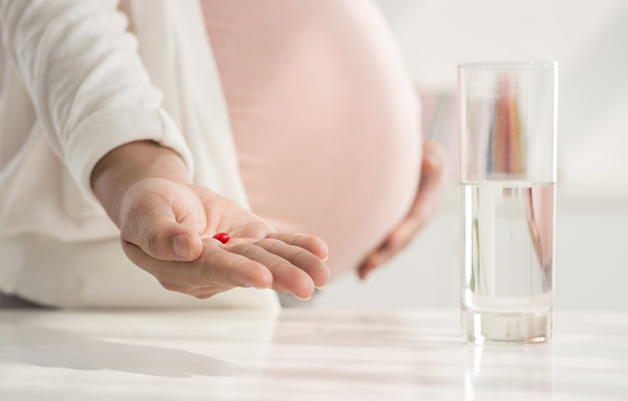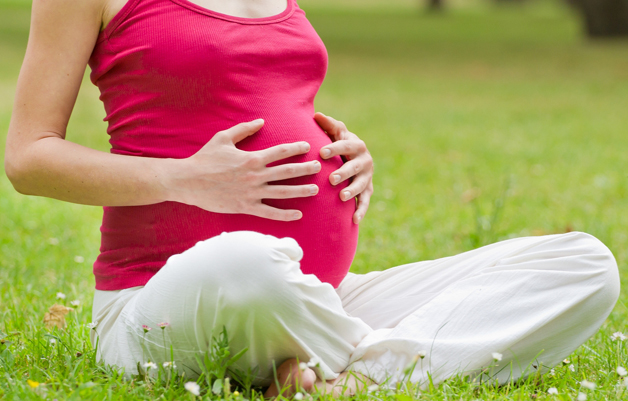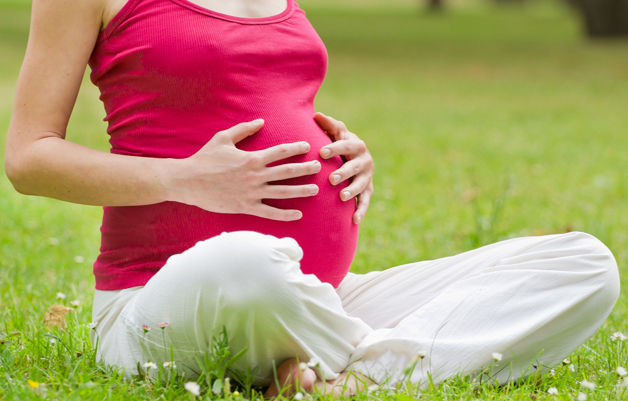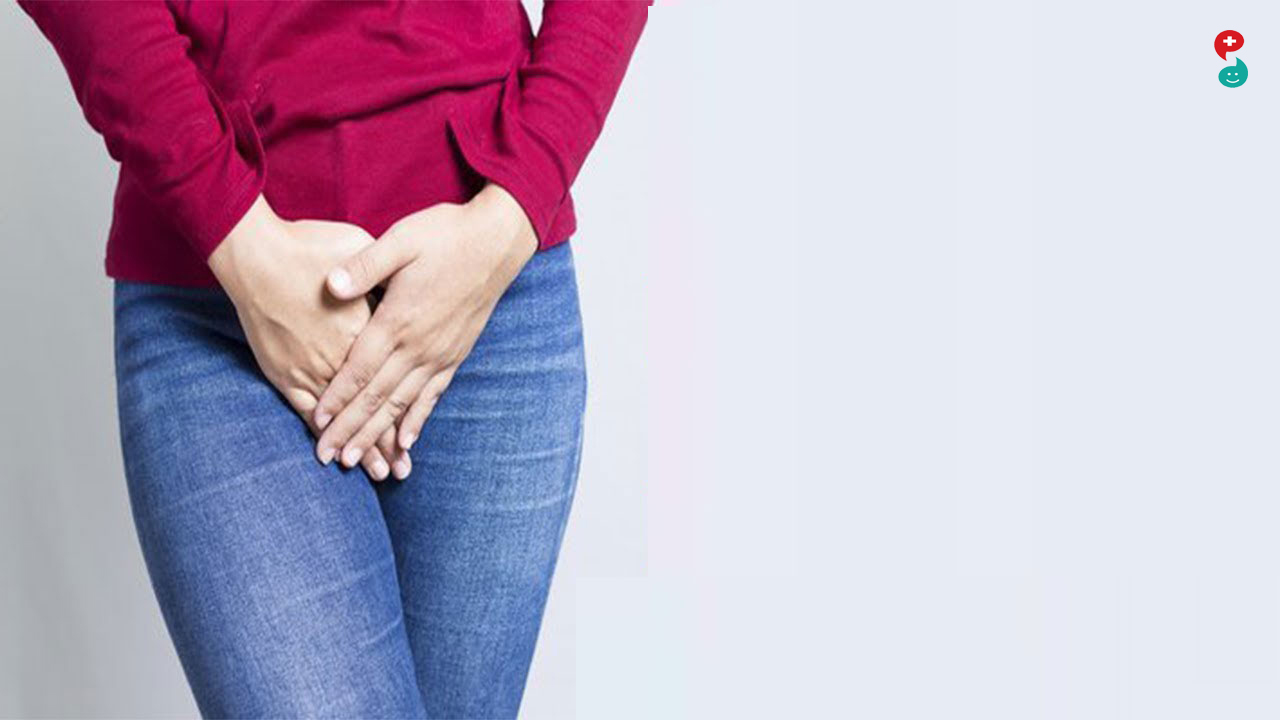
MD - Allopathy Gynaecological Endoscopy Specialist Infertility Specialist 12 Years Experience, Pune
Even everyday tasks like scrubbing the bathroom or cleaning up after pets can become risky when you're pregnant. Exposure to toxic chemicals, lifting heavy objects, or coming in contact with bacteria can harm you and your baby. Here are some things to (hooray!) take off your to-do-list:
- Heavy lifting
- Climbing on step stools or ladders
- Changing kitty litter (to avoid toxoplasmosis, a disease caused by a parasite which cats can carry)
- Using harsh chemicals
- Standing for long periods of time, especially near a hot stove
Also, wear gloves if you're working in the yard where cats may have been, and wash your hands thoroughly after handling raw meat.
Check Your Medications
Check with your doctor or midwife before taking any over-the-counter medications, supplements, or "natural" remedies. Even non-steroidal anti-inflammatory drugs (NSAIDs) such as ibuprofen should be avoided—studies suggest they increase the risk of miscarriage and damage to fatal blood vessels.
Track Your Weight Gain
We know—you're eating for two. But packing on too many extra pounds may make them hard to lose later. At the same time, not gaining enough weight can put the baby at risk for a low-weight birth, a major cause of developmental problems. Recently the Institute of Medicine (IOM) issued new guidelines for weight gain during pregnancy. Here's what the IOM recommends, based on a woman's BMI (body mass index) before becoming pregnant with one baby:
- Underweight: Gain 28-40 pounds
- Normal weight: Gain 25-35 pounds
- Overweight: Gain 15-25 pounds
- Obese: Gain 11-20 pounds
Check in with your doctor frequently to make sure you're gaining at a healthy rate.
Rethink Your Spa Style
Pregnancy is definitely a time for pampering, but you need to be careful. Avoid saunas, which can make you overheated. Ditto for hot tubs: According to the American Pregnancy Association, it takes only 10 to 20 minutes of sitting in one for your body temperature to reach 102 degrees Fahrenheit—nearly the limit of what's considered safe for pregnant women. Also, certain essential oils can cause uterine contractions, especially during the first and second trimester, so check with your massage therapist to make sure only safe ones are being used. On the taboo list: juniper, rosemary, and clary sage. The same goes for over-the-counter medicines and supplements containing these herbal remedies; don't take them without first consulting your obstetrician or midwife.

MD - Allopathy Gynaecological Endoscopy Specialist Infertility Specialist 12 Years Experience, Pune
If you're pregnant or thinking about getting pregnant, you probably know some of the basic pregnancy advice about taking care of yourself and the baby: don't smoke or be around second-hand smoke, don't drink, and get your rest. Here are more pregnancy tips, from taking vitamins to what to do with the kitty litter, that can help ensure safe and healthy prenatal development.
Take a Prenatal Vitamin
Even when you're still trying to conceive, it's smart to start taking prenatal vitamins. Your baby's neural cord, which becomes the brain and spinal cord, develops within the first month of pregnancy, so it's important you get essential nutrients – like folic acid, calcium, and iron – from the very start.
Prenatal vitamins are available over the counter at most drug stores, or you can get them by prescription from your doctor. If taking them makes you feel queasy, try taking them at night or with a light snack. Chewing gum or sucking on hard candy afterward can help, too.
Exercise
Staying active is important for your general health and can help you reduce stress, control your weight, improve circulation, boost your mood, and sleep better. Take a pregnancy exercise class or walk at least 15-20 minutes every day at a moderate pace, in cool, shaded areas or indoors in order to prevent overheating.
Pilates, yoga, swimming, and walking are also great activities for most pregnant women, but be sure to check with your doctor first before starting any exercise program. Aim for 30 minutes of exercise most days of the week. Listen to your body, though, and don't overdo it.

MD - Allopathy Gynaecological Endoscopy Specialist Infertility Specialist 12 Years Experience, Pune
If you're pregnant or thinking about getting pregnant, you probably know some of the basic pregnancy advice about taking care of yourself and the baby: don't smoke or be around second-hand smoke, don't drink, and get your rest. Here are more pregnancy tips, from taking vitamins to what to do with the kitty litter, that can help ensure safe and healthy prenatal development.
White discharge is a fairly common occurrence for a woman but for some first-time mothers, it became a cause of concern when they start having more of the white discharge during pregnancy in the second trimester.
Why there is a white discharge during pregnancy in the second trimester?
There are many possible causes of having thick white discharge in the second trimester of pregnancy. Most of the time it is normal, but it could also indicate something serious.
Leucorrhoea:
The most common reason woman might experience increased white discharge during pregnancy in second trimester is leucorrhoea. It is a normal part of pregnancy and happens to many women. In fact, this is the same white discharge they might have seen before their periods. The only difference is this time it is thicker and more in amount. Leucorrhoea is a thick white discharge with a mild smell. It is made up of secretions from the cervix and vagina.
When pregnant, the estrogen production in body increases causing a greater flow of blood to vagina. More mucus is produced from cervix glands as a result. This then comes out of vagina as a white discharge.”
This white discharge is important because it helps protect developing baby by maintaining a healthy balance of helpful bacteria in birth canal and vaginal area.
Yeast Infection:
If you experience vaginal itching and a burning sensation during urination along with a thick, white discharge resembling cottage cheese, then it might be the sign of a yeast infection in your vagina. Yeast infection is common in women but its chances of occurring increase during pregnancy. During pregnancy, hormonal changes disrupt the pH balance of the vagina causing yeast infection. It is not dangerous and doesn’t harm the baby.
Sexually Transmitted Infections:
Sexually Transmitted Infections are bacterial or viral infections transmitted through genital, oral or anal sex. It causes a yellow or white discharge but with a foul smell and woman might also experience pain during sex and urination. Sexually Transmitted Infections are harmful to woman and her baby and hence, require immediate treatment. The most common STI is gonococcal infection. In most cases, these infections can be treated with antibiotics. Whenever woman notice that white discharge has a foul smell or is associated with itching then consult the doctor immediately.
Bacterial Vaginosis:
As the name suggests, Bacterial Vaginosis is caused by an imbalance in the normal bacteria existing in a woman’s vagina. It is unclear what causes the imbalance. Bacterial vaginosis is a serious concern during pregnancy. It leads to an increased risk of preterm birth or miscarriage thus needs immediate medical attention.
Symphysis pubis dysfunction (SPD) is a problem with the pelvis. Your pelvis is mainly formed of two pubic bones that curve round to make a cradle shape. The pubic bones meet at the front of your pelvis, at a firm joint called the symphysis pubis.
The joint's connection is made strong by a dense network of tough tissues (ligaments). During pregnancy, swelling and pain can make the symphysis pubis joint less stable, causing SPD.
Doctors and physiotherapists classify any type of pelvic pain during pregnancy as pelvic girdle pain (PGP).
SPD is one type of pelvic girdle pain. Diastasis symphysis pubis (DSP) is another type of pelvic girdle pain, which is related to SPD. DSP happens when the gap in the symphysis pubis joint widens too far. DSP is rare, and can only be diagnosed by an X-ray, ultrasound scan or MRI scan.
What are the symptoms of SPD?
Pain in the pubic area and groin are the most common symptoms, though you may also notice:
Back pain, pain at the back of your pelvis or hip pain.
Pain, along with a grinding or clicking sensation in your pubic area.
Pain down the inside of your thighs or between your legs.
Pain that's made worse by parting your legs, walking, going up or downstairs or moving around in bed.
Pain that's worse at night and stops you from sleeping well. Getting up to go to the toilet in the middle of the night can be especially painful.
SPD can occur at any time during your pregnancy or after giving birth. You may notice it for the first time during the middle of your pregnancy.
What causes SPD?
During pregnancy, your body produces a hormone called relaxin, which softens your ligaments to help your baby pass through your pelvis. This means that the joints in your pelvis naturally become more lax.
However, this flexibility doesn't necessarily cause painful problems of SPD. Usually, your nerves and muscles are able to adapt and compensate for the greater flexibility in your joints. This means your body should cope well with the changes to your posture as your baby grows.
SPD is thought to happen when your body doesn't adapt so well to the stretchier, looser ligaments caused by relaxin. SPD can be triggered by:
the joints in your pelvis moving unevenly
changes to the way your muscles work to support your pelvic girdle joints
one pelvic joint not working properly and causing knock-on pain in the other joints of your pelvis
These problems mean that your pelvis is not as stable as it should be, and this is what causes SPD. Physiotherapy is the best way to treat SPD, because it's about the relationship between your muscles and bones, rather than how lax your joints are. You're more likely to develop SPD if:
you had pelvic girdle pain or pelvic joint pain before you became pregnant
you've had a previous injury to your pelvis
you've had pelvic girdle pain in a previous pregnancy
you have a high BMI and were overweight before you became pregnant
hypermobility in all your joints
How is SPD diagnosed?
Your doctor or midwife should refer you to a women’s health physiotherapist. Your physiotherapist will test the stability, movement and pain in your pelvic joints and muscles.
How is SPD treated?
SPD is managed in the same way as other pelvic girdle pain. Treatment includes:
Exercises to strengthen your spinal, tummy, pelvic girdle, hip and pelvic floor muscles. These will improve the stability of your pelvis and back. You may need gentle, hands-on treatment of your hip, back or pelvis to correct stiffness or imbalance. Water gymnastics can sometimes help.
Your physiotherapist should advise you on how to make daily activities less painful and on how to make the birth of your baby easier. Your midwife should help you to write a birth plan that takes into account your SPD symptoms.
Acupuncture may help reduce pain and is safe during pregnancy. Make sure your practitioner is trained and experienced in working with pregnant women.
Other manual therapies, such as osteopathy may help. See a registered practitioner who is experienced in treating pregnant women.
A pelvic support belt may give relief, particularly when you're exercising or active.
What can I do to ease the pain of SPD?
Be as active as you can, but don't push yourself so far that it hurts.
Stick to the pelvic floor and tummy exercises that your physiotherapist recommends.
Ask for and accept offers of help with daily chores.
Plan ahead so that you reduce the activities that cause you problems. You could use a rucksack to carry things around, both indoors and out.
Take care to part your legs no further than your pain-free range, particularly when getting in and out of the car, bed or bath. If you are lying down, pull up your knees as far as you can to make it easier to part your legs. If you are sitting, try arching your back and sticking your chest out before parting or moving your legs.











